Cerebral palsy is an illness that a person is born with and almost always is noticed during infancy, although some symptoms may not become apparent until the child reaches about the age of 3. Although it is a movement disorder that shows up in abnormal movements that can involve most any part of the face and body, the problem does not begin with the muscles.
It is in the brain that these abnormal movements originate. Damage to different areas of the brain result in different types of cerebral palsy as well as where in the body it is evident.
Symptoms of Cerebral Palsy in Children
Symptoms of cerebral palsy are noticeable at different ages in the young child. Some signs are already present in infancy, and it is sometimes possible to detect cerebral palsy in the developing fetus using diagnostic techniques.
Parents and the physician may notice some of the following signs in infants:
- Tremor
- Abnormal reflexes
- Floppy or rigid muscle tone
- Drooling and problems swallowing
- Developmental delays in such milestones as raising the head, rolling over, sitting, crawling and walking
- Abnormal posture
- Favoring one side of the body
- Problems detecting where sound comes from
Other signs of cerebral palsy include a child’s inability to:
- Smile at someone
- Recognize the parents
- Imitate sounds
- Babble in single or multiple syllables
- Understand at least a few words by ages six to ten months
- Comply with simple commands like returning an object when asked to do so
Symptoms that are apparent before the age of 3 may include:
- Problems with speech
- Dragging a foot or leg
- Difficulty walking
- Hearing loss
- Mental retardation
- Difficulty seeing
- Problems with small movement of the hands or fingers
- Spasticity
- Writhing movements
Programs to Help Children with Cerebral Palsy
Cerebral palsy is the most common developmental disability in the United States. More than 500,000 people have the disorder and nearly 5,000 babies and infants are diagnosed with it every year.
Scores of programs are available to help people with cerebral palsy and their parents. All of the following resources have sites on the Internet. Just a few of the many programs and resources available are:
- United Cerebral Palsy Associations
- National Information Center for Children and Youth with Disabilities
- University hospitals and medical centers
- PACER, Parent Advocacy Coalition for Education Rights
- National Information Center for Children and Youth with Disabilities
- Many blogs on the Internet
- Physical therapists
- Occupational therapists
- Speech pathologists
- Social workers
Contact a Connecticut Cerebral Palsy in Children Lawyer
Another resource for affected children and parents are attorneys for cerebral palsy patients. A qualified lawyer can help you recover financial compensation if the injury is linked to a preventable mistake before, during or shortly after birth.
The money can help parents seek the best care for their child, as well as allow them to spend quality time with their kids without having to work extra to pay for necessary treatments and specialized care.








